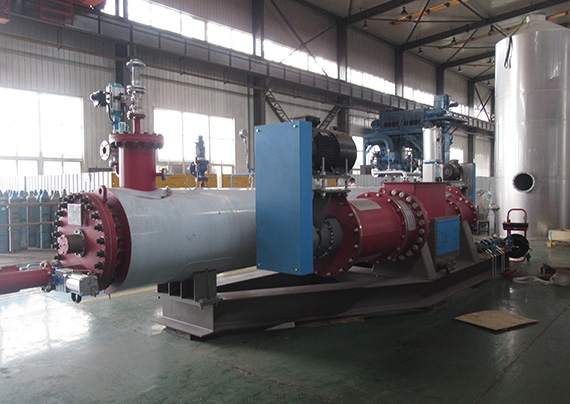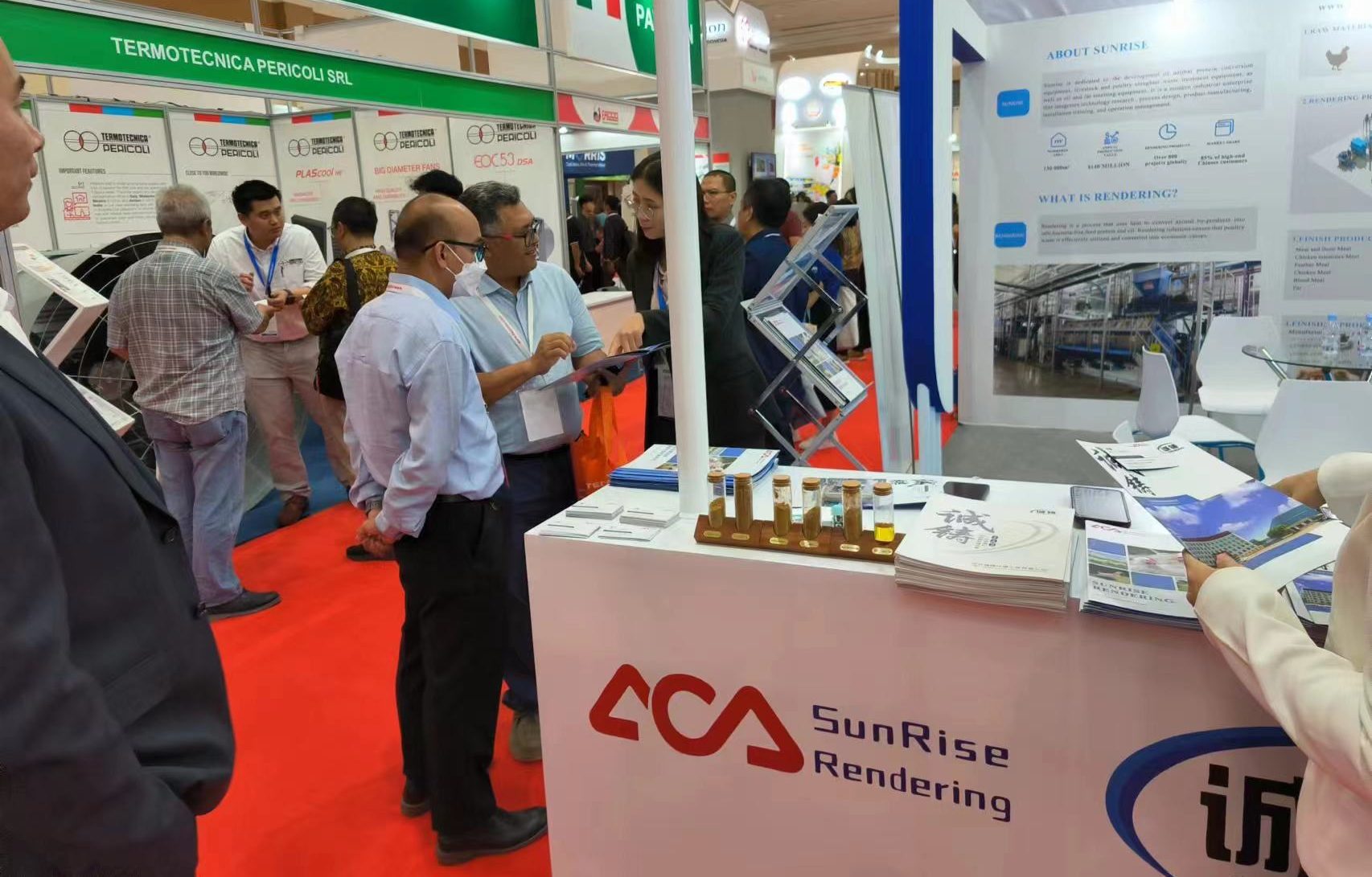
Feather Meal Innovation: Sustainable Solutions for Poultry Waste
Feather Meal Innovation: Sustainable Solutions for Poultry Waste
The Feather Meal Project represents a significant initiative aimed at revolutionizing the management of poultry waste within the realm of sustainable agriculture. It focuses on converting poultry feathers, often an overlooked waste product, into a valuable resource known as feather meal. This innovative approach not only mitigates the environmental challenges associated with poultry waste disposal but also offers a promising avenue for enhancing agricultural sustainability. Poultry waste, if left unaddressed, poses environmental and resource utilization issues. However, by harnessing the potential of feather meal, we can reduce waste, minimize environmental impact, and create a sustainable source of nutrients for crops.
Background
Feather Meal and Its Composition
Feather meal, an often-overlooked byproduct of the poultry industry, holds significant untapped potential. It primarily comprises keratin, a protein abundant in feathers, and boasts a nitrogen-rich content. The process of converting poultry feathers into feather meal involves hydrolysis, breaking down keratin into a more digestible form. This transformation not only diminishes waste volume but also enriches its nutrient profile, rendering it suitable for diverse applications in agriculture.
Poultry Waste Challenges in Agriculture
Poultry production is a linchpin of global protein supply, yet it generates a substantial waste stream, including feathers, presenting environmental quandaries. Poultry feathers, resilient and slow to decompose, persist as a challenging waste stream. When mismanaged, they contribute to pollution and can even harbor pathogens, posing health risks.
Existing Hurdles in Poultry Waste Management
Effective poultry waste management is imperative for sustainable agriculture. Nevertheless, conventional disposal methods like incineration or landfilling often fall short in terms of environmental responsibility and cost-effectiveness. These methods can exacerbate air pollution, soil degradation, and resource squandering. Additionally, the logistical intricacies of poultry waste disposal pose challenges for many poultry farms.
Project Goals and Objectives
Defining Project Goals
The Feather Meal Project is resolutely driven by a singular and overarching objective: to transmute poultry waste into a valuable and sustainable asset. This paramount goal encapsulates several pivotal objectives that serve as guiding principles for our endeavor.
Specific Objectives to Realize Our Goals
- Minimizing Feather Waste: The project’s primary aim is to curtail the volume of poultry waste by efficiently converting feathers into feather meal. This strategic approach minimizes the environmental footprint of the poultry industry.
- Nutrient Reclamation: Our specific objective entails extracting valuable nutrients, particularly nitrogen, from feathers to formulate a nutrient-rich fertilizer. This bolsters resource efficiency and reduces reliance on synthetic fertilizers, with their associated environmental repercussions.
- Mitigating Environmental Impact: A core commitment is to ameliorate the environmental repercussions of poultry waste disposal. The project addresses pollution concerns and seeks to curtail greenhouse gas emissions linked to poultry waste.
- Product Innovation: Another pivotal goal involves the development of premium feather meal products optimized for agricultural applications. These products herald a sustainable alternative to conventional fertilizers and additives.
Emphasis on Sustainability and Environmental Impact
Sustainability and environmental stewardship stand as the bedrock of our project. We prioritize ecologically sound practices and aspire to showcase the positive repercussions of converting poultry waste into feather meal. By tackling the complexities of poultry waste management, we aspire to make a meaningful contribution to a more sustainable and environmentally friendly poultry industry while concurrently advancing the broader goals of sustainable agriculture.

Methodology
Innovative Process in the Feather Meal Project
The Feather Meal Project harnesses a state-of-the-art methodology to convert poultry feathers into a valuable resource. This approach stands out due to its exceptional efficiency, sustainability, and potential for scalability.
Steps Involved in Converting Poultry Feathers into Feather Meal
The transformation of poultry feathers into feather meal encompasses several pivotal stages:
- Feather Collection: Poultry feathers, sourced from farms, processing plants, and other outlets, form the initial collection phase.
- Hydrolysis: Feathers undergo hydrolysis, typically involving elevated temperature and pressure conditions. This process effectively breaks down the keratin within feathers, rendering it more soluble and readily absorbed.
- Drying and Milling: Subsequently, the hydrolyzed material undergoes thorough drying before being finely milled to yield feather meal, a valuable end product.
- Quality Control: Stringent quality control measures are meticulously applied to ensure the feather meal adheres to stringent standards pertaining to nutrient content and absence of contaminants.
Unique Aspects of the Process
The Feather Meal Project’s innovation is underscored by distinctive features:
- Resource Efficiency: This process optimizes resource utilization by recuperating valuable nutrients, particularly nitrogen, from feathers. Consequently, waste generation is reduced, and reliance on synthetic fertilizers is diminished.
- Reduced Environmental Impact: By diverting poultry feathers away from conventional disposal methods, the project substantially mitigates the environmental consequences tied to poultry waste. This includes a marked reduction in greenhouse gas emissions and a diminished risk of pollution.
Environmental Benefits
Contribution to Sustainability
The Feather Meal Project makes substantial contributions to agricultural sustainability by addressing a spectrum of environmental and resource management challenges:
Waste Minimization: The conversion of poultry feathers into feather meal yields a significant reduction in the volume of poultry waste. This, in turn, alleviates the burden on waste management systems.
Enhanced Nutrient Reutilization: Feather meal serves as a potent source of nutrients, with nitrogen in particular taking center stage. Employed as a fertilizer, it closes the nutrient loop, curtailing the need for synthetic fertilizers and diminishing nutrient runoff into water bodies.
Reduction of Waste and Mitigation of Greenhouse Gas Emissions
Among the project’s central environmental benefits is the curbing of waste generation and greenhouse gas emissions:
Waste Reduction: Traditional approaches to poultry feather disposal, such as landfilling or incineration, contribute to waste accumulation. The project’s approach significantly mitigates waste generation, promoting a more sustainable waste management strategy.
Greenhouse Gas Abatement: Conventional disposal methods often result in the emission of methane, a potent greenhouse gas. By diverting feathers from these processes, the project plays a pivotal role in curtailing greenhouse gas emissions, thereby contributing to global climate change mitigation.
Potential for Replacing Traditional Fertilizers and Additives
The feather meal produced through this initiative harbors the potential to supplant or complement conventional fertilizers and additives:
Nutrient-Enriched Fertilization: Feather meal, owing to its substantial nitrogen content, emerges as an exceptional organic fertilizer. Its application enriches soil fertility and enhances crop growth.
Reduced Dependency on Chemicals: By offering a sustainable substitute, the project reduces reliance on synthetic fertilizers and chemical additives, promoting environmentally friendly agricultural practices.
Economic Viability
Economic Feasibility Analysis of the Feather Meal Project
A comprehensive examination of the economic feasibility of the Feather Meal Project reveals encouraging prospects. While the initial investments in innovative technology and process implementation are substantial, the project’s long-term benefits far outweigh the incurred costs. Several factors contribute to its economic viability:
- Resource Utilization: The project maximizes resource efficiency by efficiently converting poultry feathers into feather meal, reducing waste disposal expenses, and minimizing the need for external fertilizers.
- Market Demand: The growing emphasis on sustainable agricultural practices has created a burgeoning market demand for organic fertilizers like feather meal, offering revenue-generating opportunities.
- Cost Savings: Reduced reliance on synthetic fertilizers and mitigated waste management costs translate into significant long-term cost savings.
Potential Markets for Feather Meal Products
Feather meal products hold promise across diverse markets:
- Agriculture: Feather meal, a high-quality organic fertilizer suitable for various crops, enhances soil fertility and crop yields. It appeals to farmers seeking sustainable alternatives to conventional fertilizers.
- Livestock Feed: Incorporating feather meal into livestock feed formulations provides a source of supplemental protein, aligning with the increasing demand for protein-rich animal diets.
- Horticulture: Horticultural industries value feather meal for its slow-release nitrogen content, benefiting the growth of plants and ornamentals.
- Environmental Remediation: Feather meal’s nutrient composition finds utility in environmental applications, such as soil remediation in contaminated areas.
Cost-Benefit Analysis
A comprehensive cost-benefit analysis underscores the economic viability of the Feather Meal Project. Key considerations encompass:
- Initial Investment: The project’s upfront investment covers research and development, equipment acquisition, and process implementation. While these initial costs are substantial, they are offset by the substantial long-term benefits.
- Operational Costs: Ongoing operational expenses include feather collection, hydrolysis, drying, milling, and quality control. These costs are balanced by revenue generated from feather meal sales and reductions in waste management expenses.
- Revenue Generation: Sales of feather meal products across various markets offer revenue generation potential, with the opportunity for substantial profits as market demand expands.
- Environmental Savings: The project’s environmental advantages, including reduced waste management expenses and greenhouse gas mitigation, translate into additional cost savings and potential financial incentives.
Results and Achievements
Presentation of Key Findings and Outcomes
The Feather Meal Project has yielded significant findings and outcomes:
Waste Reduction: Through the conversion of poultry feathers into valuable feather meal products, the project has effectively reduced poultry waste, alleviating the burden on waste management systems.
Nutrient Recycling: Feather meal, rich in nutrients, particularly nitrogen, contributes to sustainable agricultural practices and reduces reliance on synthetic fertilizers.
Successes and Milestones Achieved During the Project
Throughout its duration, the project has achieved noteworthy successes and milestones:
Development of a Scalable Process: The project has successfully developed an efficient and scalable process for converting poultry feathers into feather meal, ensuring applicability on a larger scale.
Market Expansion: Feather meal products have gained recognition and acceptance in diverse markets, signifying their potential for growth and wider adoption.
Data on the Quality and Effectiveness of Feather Meal Produced
A rigorous assessment of the quality and effectiveness of the feather meal produced has been conducted:
Nutrient Content: Comprehensive testing has confirmed the high nutrient content of feather meal, establishing its value as a valuable agricultural input.
Crop Yield Enhancement: Field trials have demonstrated the positive impact of feather meal on crop yields and soil health, supporting its effectiveness as a fertilizer.
CONCLUSION
In summary, the Feather Meal Innovation project presents sustainable solutions to poultry waste management. Through the conversion of feathers into valuable resources, it champions environmental preservation, economic stability, and sustainable agriculture. This innovative initiative signifies a pivotal stride towards a more responsible and efficient poultry industry, showcasing the transformative potential of waste repurposing into valuable assets.



